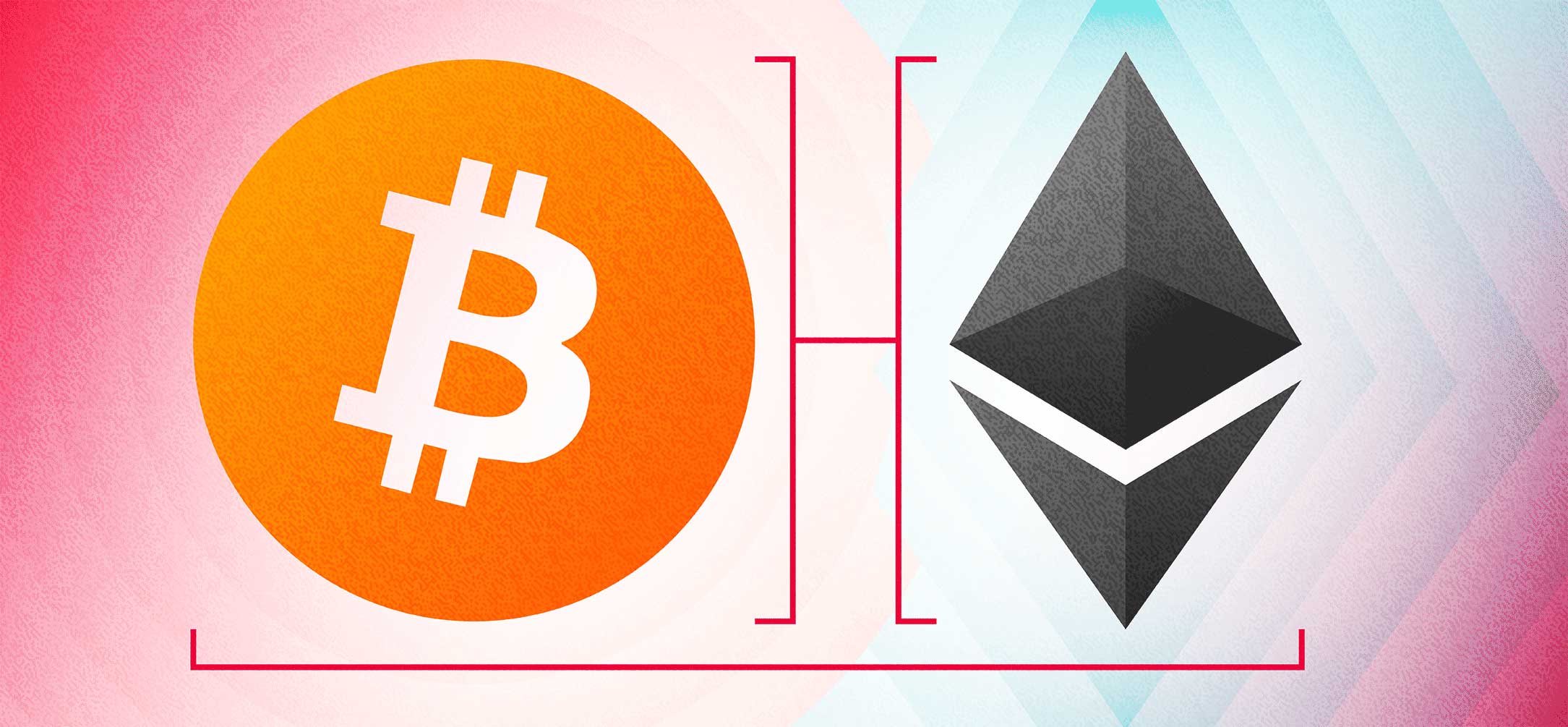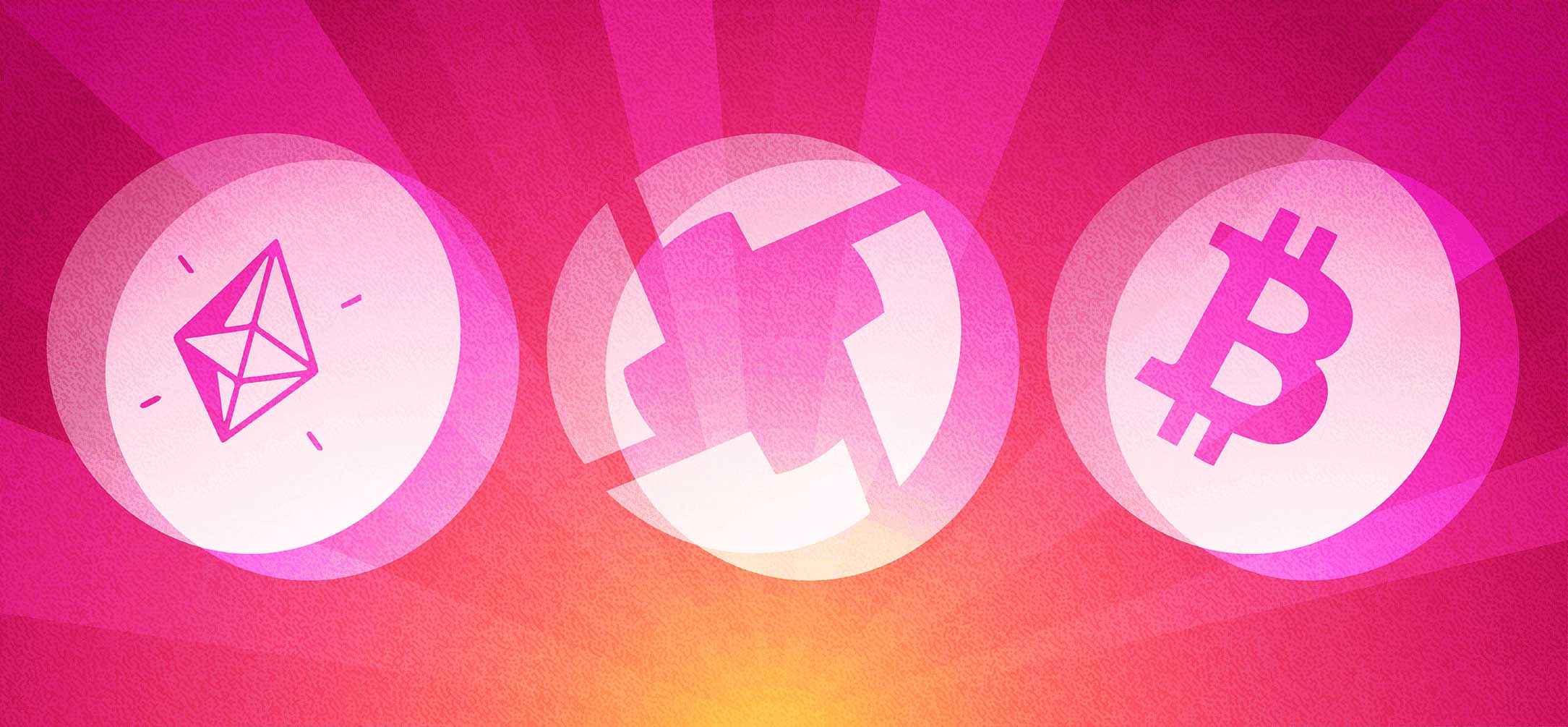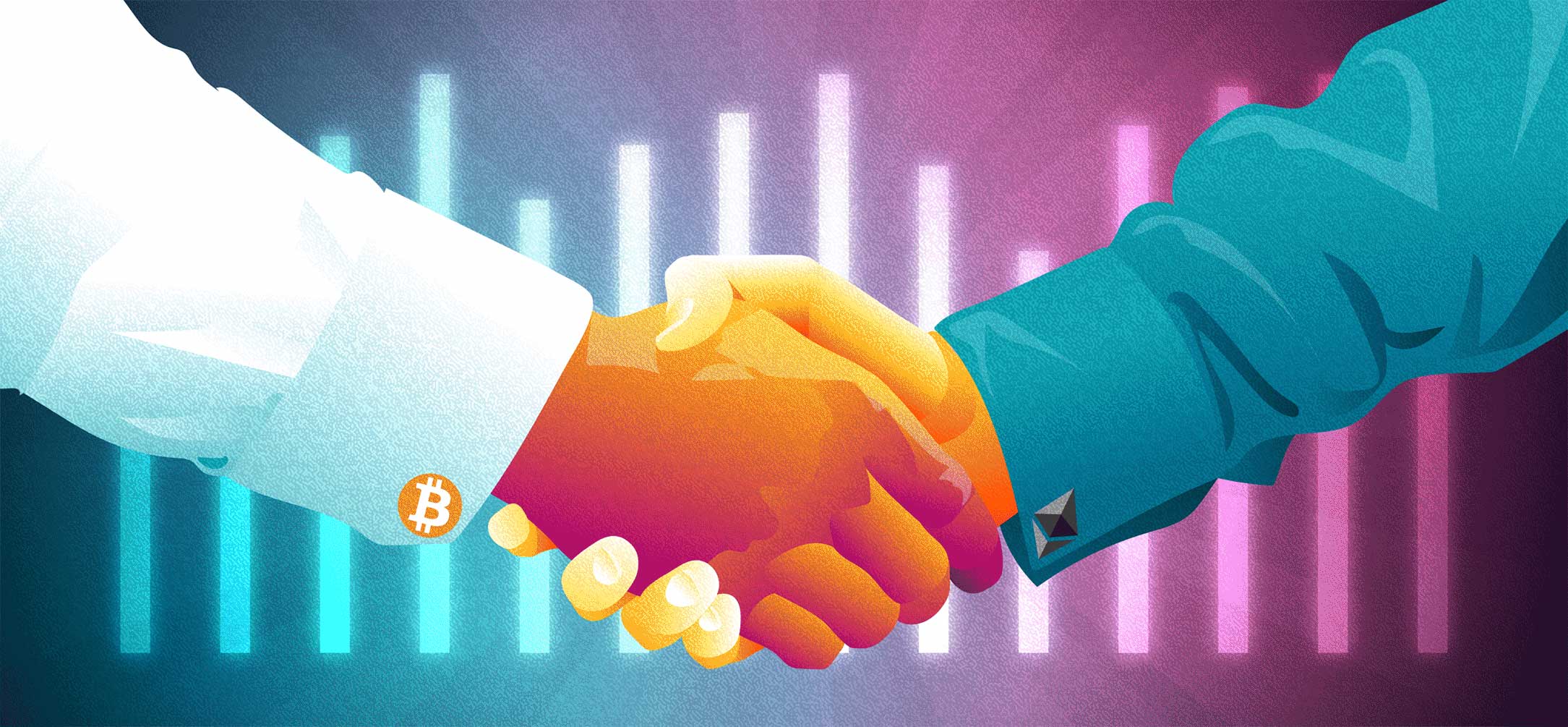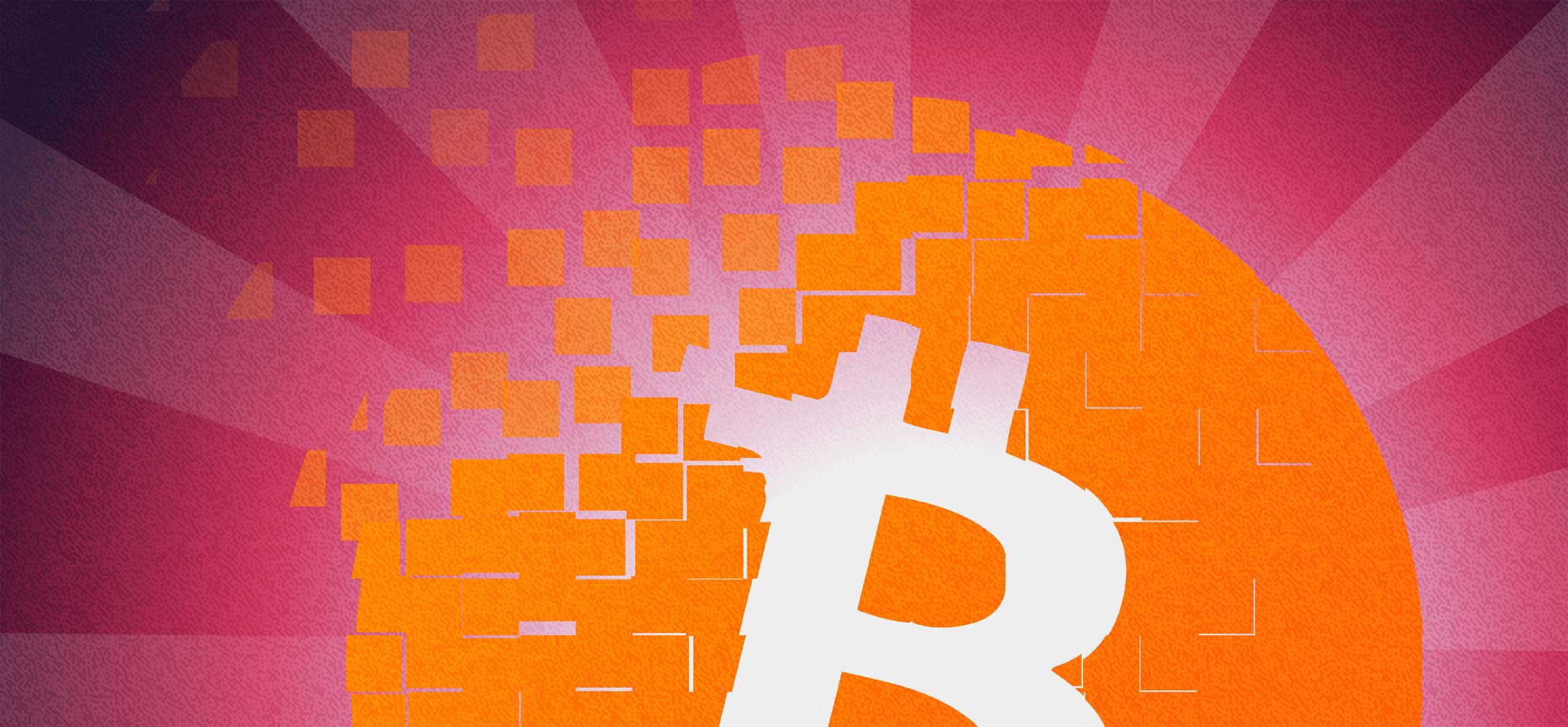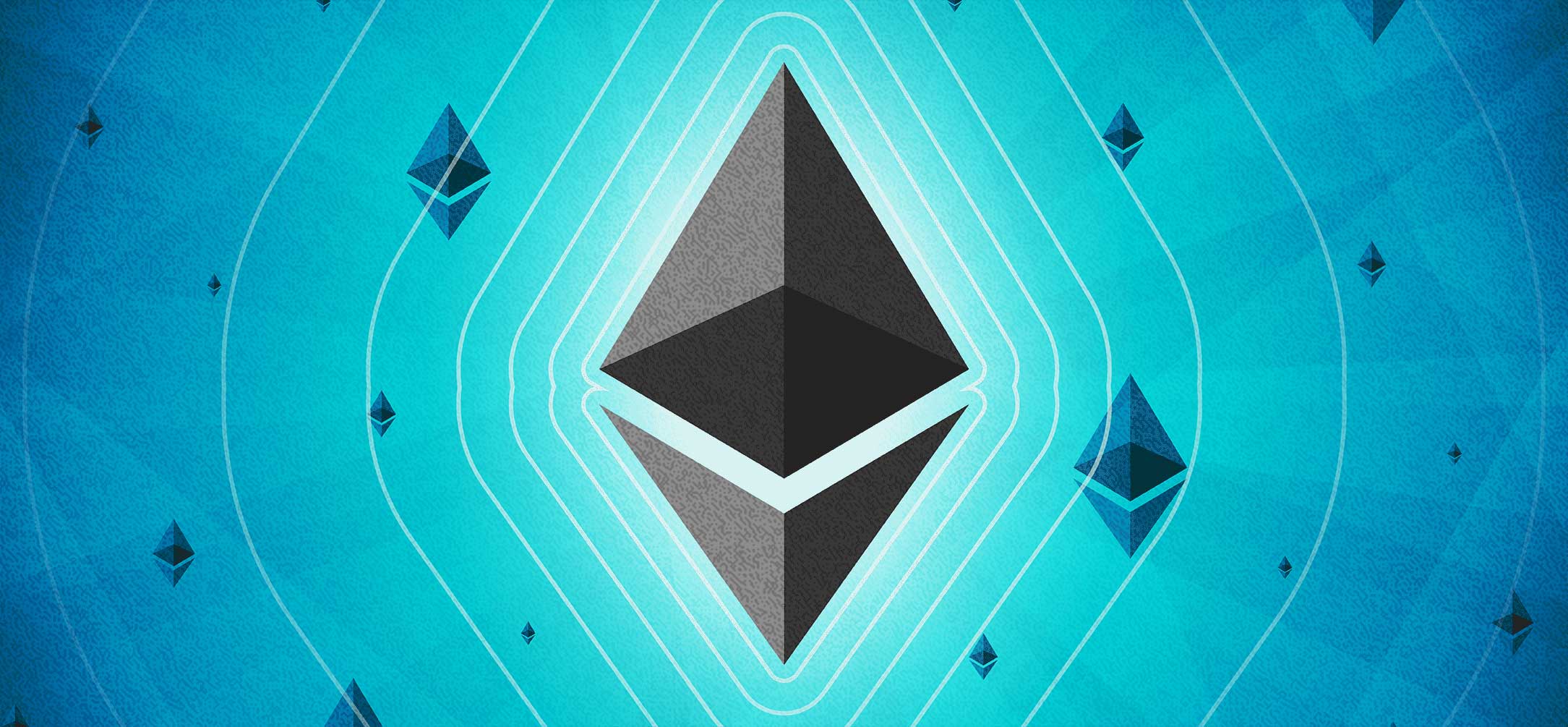What is a Blockchain?
A blockchain is a decentralized ledger that records all transactions. Each transaction that is conducted leaves a permanent record that can be referenced at any time. The structure of the blockchain allows these transactions to be self executing and immutable. Once validated, data is permanently recorded to the blockchain and cannot be altered in any way.
Blockchain
A distributed ledger which stores data in such a fashion that it cannot be edited without the participants knowledge.The name blockchain largely refers to the structure of the technology. Blocks contain data that represents transactions, and when a block is created or “mined”, all the data contained in the block is added to the chain. Permanently. All ledgers are updated to include this new data. When all of the computers on the network have the same data in their copy of the ledger, this is called reaching consensus. Blocks are then linked together to form a chain and can be referenced at any time, hence the name blockchain.
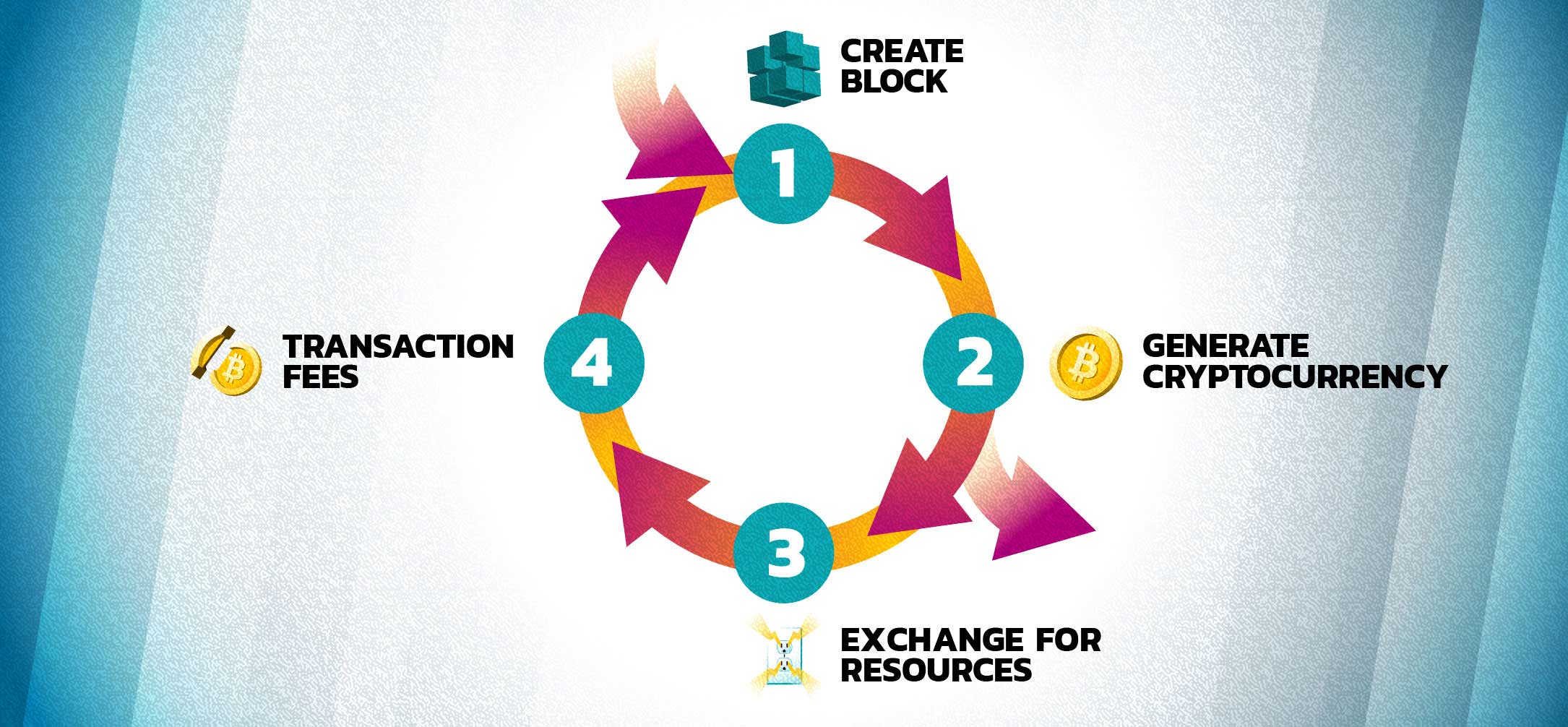
The Token Lifecycle
Blockchains use an economic incentive mechanism known as cryptocurrency to create a unique economic ecosystemBecause a blockchain is designed as a distributed ledger, many computers directly connect to form a peer-to-peer network. If someone wants to hack the network, they would have to maintain control of the majority of the network for a certain duration of time. The chances of a successful hack are extremely low, which illustrates the security surrounding blockchain technology.
Blockchains were created to solve the problem of coordinating data with people around the world, who don’t know or trust each other.
Learn More
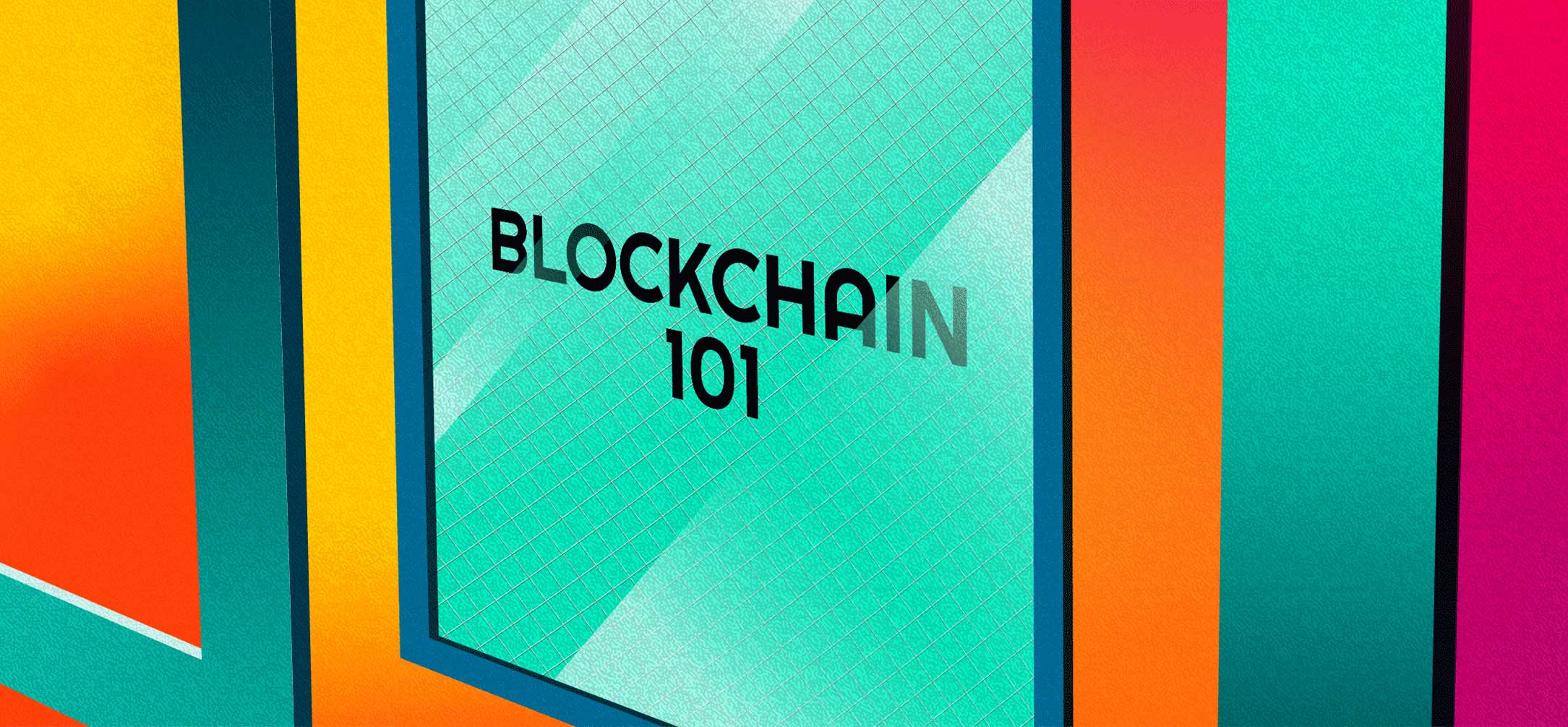
For more information on this topic please visit our free Blockchain 101 course.
